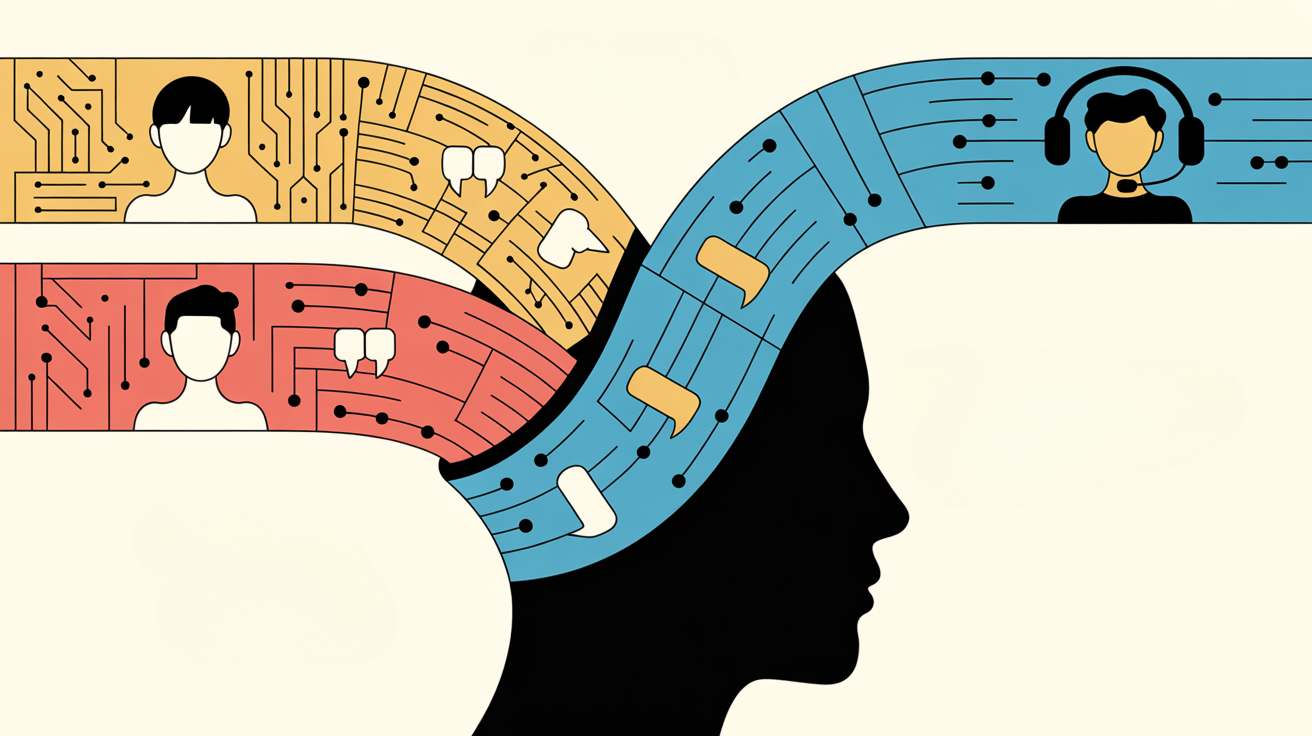A logo used to be used by brands to showcase and say, "We made this," to build trust. However, over time, brands have changed in the way they use their logo. Now, brands are using their logos as a way for consumers to say "I bought this."
According to Seth Godin, "The essence of a brand with social juice, of one that matters as a label, isn't how big the logo is."
[Tweet "The essence of a brand with social juice, of one that matters as a label, isn't how big the logo is"]
How big should your logo be?
Obviously the word "big" is completely relative and ultimately subjective. However, for the purpose of this article, consider a big logo to be anything with a width larger than 250px and height greater than 100px. A study showed that only 6.77% of logos are more than 100px in height and 12% are more than 250px in width. So we are going to use those dimensions as a maximum height and width with all logos falling out side of that parameter considered to be 'big logos.' The same study found that the average logo size had a width of 168px and a height of 54px, despite none of the logos actually being those dimensions. To give you a visual of that size, the box below is 168px by 54px.
Why You Don't Need big Logos
When it comes to web design, a popular request by clients is to make the logo bigger: "Can you make my logo bigger?" Of course, this is due to the notion that big logos are better. The request is a fine one to make, but that notion is false. Therefore, the best answer to that request is usually "no." Not to rain on anyone's parade, but it's the truth and here's why.
Your Website Visitors Aren't Blind (Usually) - The logo doesn't need to take up a large portion of a visitor's screen for them to know where they are. If your logo contains hard-to-read text and your audience contains primarily people over 50 or 60, then you may need a new logo instead of trying to make your current logo bigger.
Your Logo Doesn't Help Visitors Do Anything - Screen space is both valuable and limited, therefore it is at a premium. Making your logo bigger only infringes on space that could be used for something productive, like drawing attention to your message, product or service. Furthermore, the only functionality a logo on a website brings is a link back to the homepage, usually, and even then no matter how small your logo is right now, there's a good chance it is still bigger than the rest of your navigation.
Your Website Isn't For You - Contrary to popular belief, you do not design a website for yourself. No, you design it for the customer. This piggybacks off of the previous point, but warrants its own section to bring attention to the mindset a website should be built with.
Your Logo Isn't Converting Traffic - In short, your logo can be a distraction. When your logo carries the most visual weight on the page, it draws the visitor's eye away from what you have to say and away from the links and calls-to-action they should be clicking.
Creating Emphasis Without using big logos
Typically, the reason one would want big logos on their website is to increase emphasis on the logo and draw more attention. This can be accomplished without making the logo larger. To start, place your logo in the top left hand corner of your website. This is a website standard at this point, but if your logo isn't there and you want your logo to appear larger, try this first.

Photo Credit: Heat Map
As you can see in the example above, visitors' eyes are drawn to the top left naturally. While the heat map doesn't show an abundance of eye traffic right on top of the logo, the majority of eye traffic is close enough to the logo that viewers will naturally notice it. There are several other methods for drawing attention to your logo as well:
- Color - Any deviation from the background colors or other colors used throughout the design will draw the eye.
- Contrast - A dark object on a light background will stand out. You should also consider logical contrasts in your subject matter, such as the following list: apple, orange, pear, bicycle.
- Whitespace - Giving a design object enough whitespace around it will help differentiate it.
- Guiding the eye along a path - This can be as subtle as the direction a person's eyes are looking in a photograph or as blatant as an arrow.
What Does Your Logo Size Say About You?
This is a very telling graph. Even if this graph is based on perception, in the consumer's eye, perception is reality. What you have to offer as a brand is more important than your logo. Of course, there are exceptions to this statement, but until your brand name becomes a verb ("Hold on I'm going to Google something real quick."), I'd stick with it.
The Answer
The answer to the question of big logos also comes from Seth Godin, "What matters is that the buyer thinks the brand is important, and their logo is a signifier that they're paying for." While this more directly applies to big retail business, it can be applied across all businesses and all mediums. The key phrase is that the buyer thinks the brand is important. Without achieving this, then what's the point of making the logo bigger? Instead of increasing your logo size, use color, contrast, whitespace and visual cues on the web to increase brand awareness.
Make the brand more important, don't make the logo bigger.
Photo Credit: Website on iPad
Want more web design insights? Check us out!
Share this
Sign up for blog updates!
Related Stories

Conversion Rate Optimization Checklist for Creating Your CRO Process

Building Manufacturing Buyer Personas: The Essential Data Sources


Leave a comment
Let us know what you think